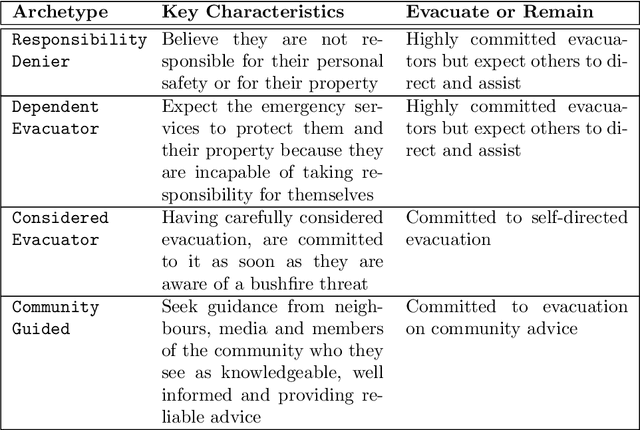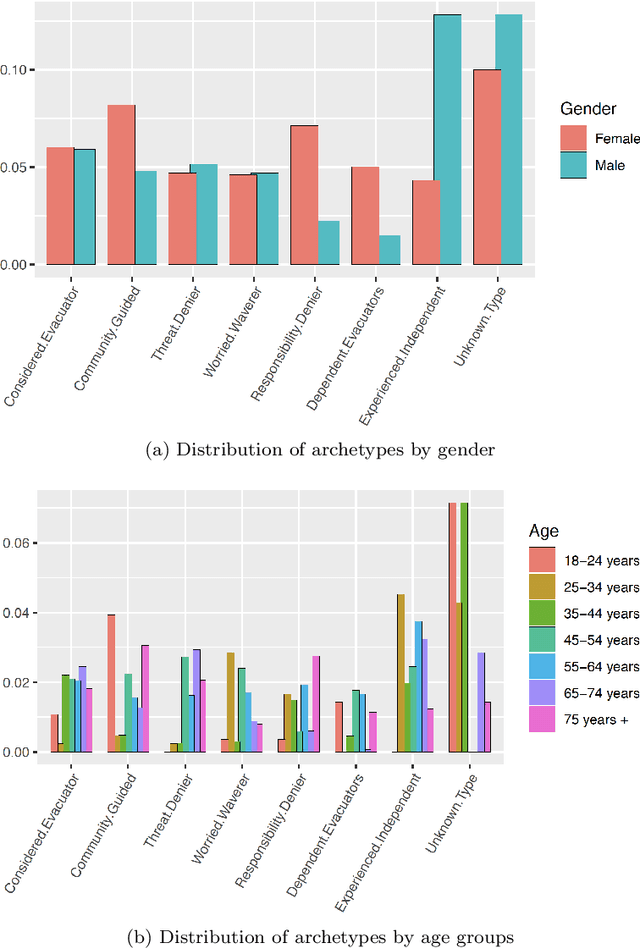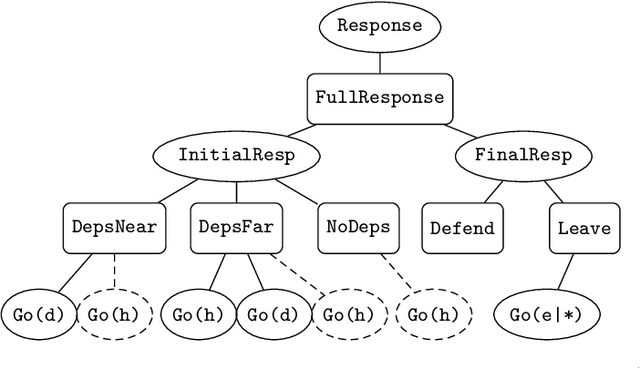What will they do? Modelling self-evacuation archetypes
Paper and Code
May 26, 2021



A decade on from the devastating Black Saturday bushfires in Victoria, Australia, we are at a point where computer simulations of community evacuations are starting to be used within the emergency services. While fire progression modelling is embedded in strategic and operational settings at all levels of government across Victoria, modelling of community response to such fires is only just starting to be evaluated in earnest. For community response models to become integral to bushfire planning and preparedness, the key question to be addressed is: when faced with a bushfire, what will a community really do? Typically this understanding has come from local experience and expertise within the community and services, however the trend is to move towards more informed data driven approaches. In this paper we report on the latest work within the emergency sector in this space. Particularly, we discuss the application of Strahan et al.'s self-evacuation archetypes to an agent-based model of community evacuation in regional Victoria. This work is part of the consolidated bushfire evacuation modelling collaboration between several emergency management stakeholders.
 Add to Chrome
Add to Chrome Add to Firefox
Add to Firefox Add to Edge
Add to Edge